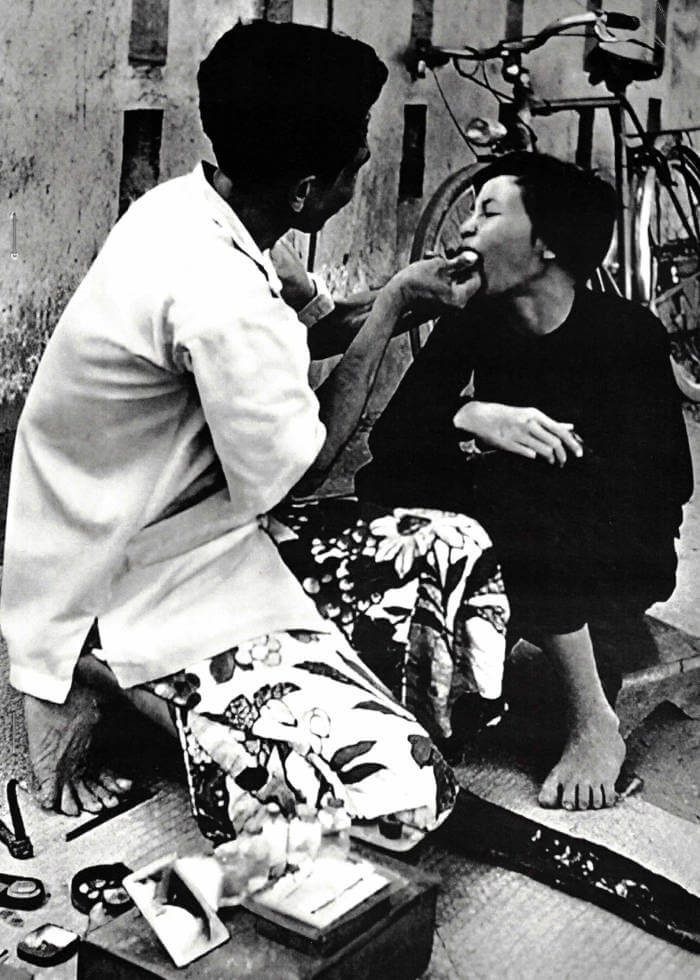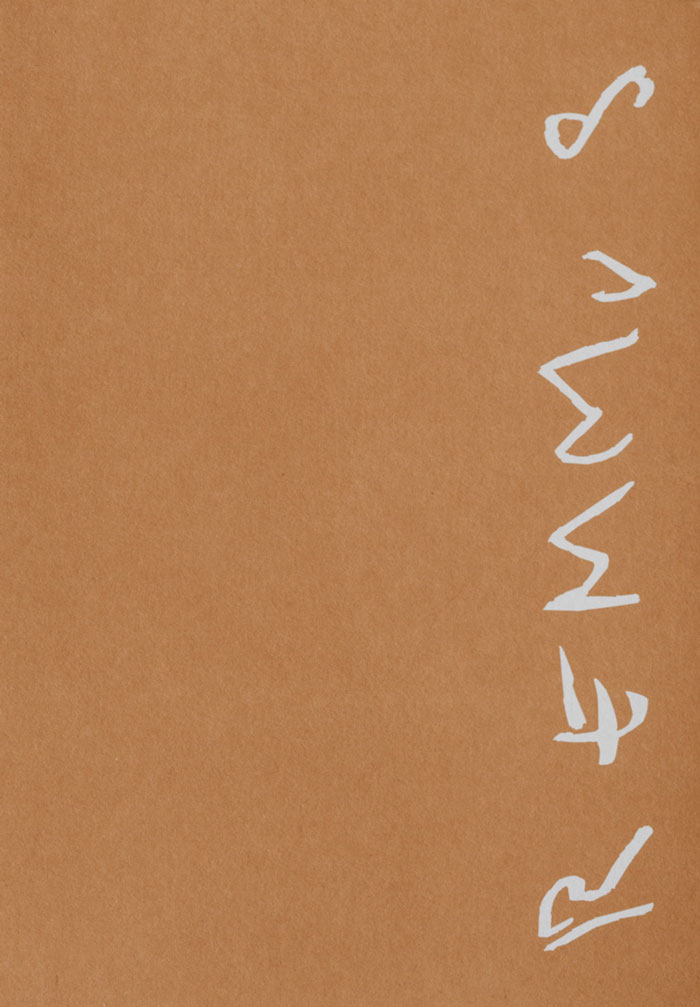
Teeth Surrounding a Flower in the Meanings
In ‘Teeth Surrounding a Flower in the Meanings’ a compilation of texts from the critical discourse surrounding his work, written by various authors between 2016 and 2023, serves as source material for a series of erasures.
Through retro- and introspectively reading into the works and the practice at large from poetic angles, these poems investigate the relation between art and its discourse, the words used, and their edges.







